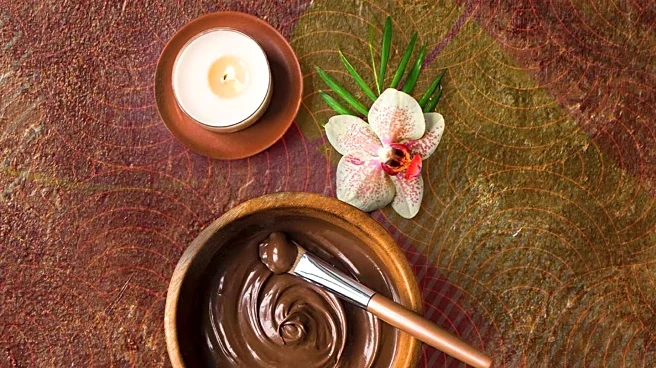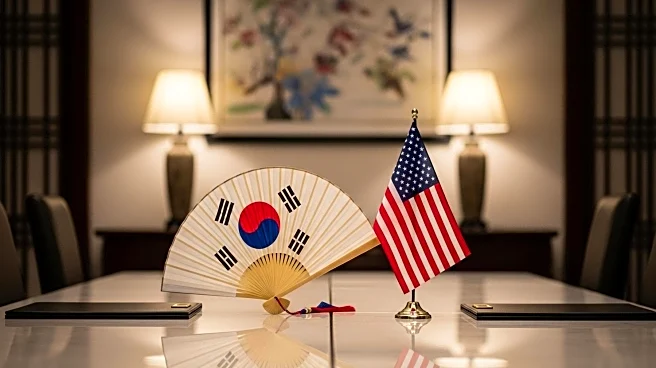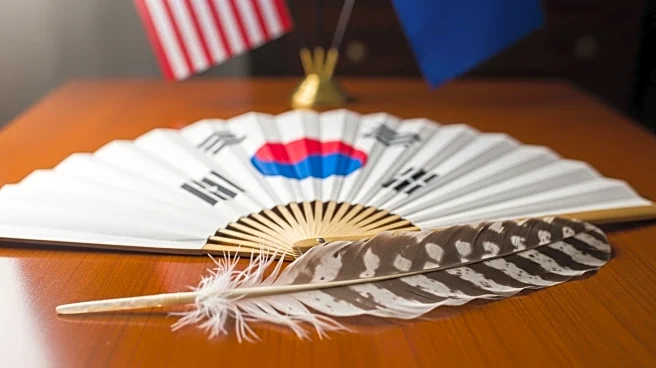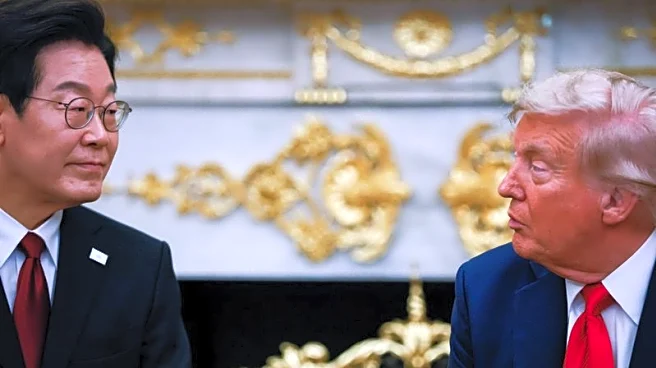What's Happening?
South Korea is becoming a popular destination for U.S. tourists interested in unique beauty treatments. Influencer Nam Vo highlights the trend of visiting Seoul for advanced skin clinics offering treatments not yet available in the U.S. These include salmon sperm injections, collagen boosters, and stem cell fat transfers. The clinics provide a range of services, often stacking multiple treatments in one session, which can lead to irritation for first-time users. The process typically begins with a consultation where doctors recommend services based on individual analysis. Despite the potential discomfort, many tourists opt for these treatments, seeking the 'glass skin' effect and other rejuvenating results.
Why It's Important?
The growing interest in Korean beauty treatments among U.S. tourists reflects a broader trend of seeking innovative and effective skincare solutions. This trend could influence the U.S. beauty industry to adopt similar practices and technologies, potentially leading to increased competition and innovation. The popularity of these treatments also highlights the cultural exchange between South Korea and the U.S., as American consumers explore and embrace international beauty standards and practices. This could lead to a shift in consumer preferences and expectations within the U.S. beauty market.
What's Next?
As the demand for Korean beauty treatments grows, U.S. beauty clinics may start offering similar services to cater to this interest. This could involve importing technologies and techniques from South Korea or developing new treatments inspired by Korean practices. Additionally, the trend may encourage more U.S. tourists to travel to South Korea, boosting the country's tourism industry. Beauty brands in the U.S. might also explore partnerships with Korean clinics to offer exclusive treatments or products, further integrating Korean beauty innovations into the American market.
Beyond the Headlines
The trend of seeking Korean beauty treatments raises questions about the ethical implications of invasive procedures and the pressure to conform to specific beauty standards. It also highlights the cultural fascination with Korean beauty ideals, which may influence perceptions of beauty and self-image in the U.S. The practice of stacking multiple treatments could lead to discussions about the safety and long-term effects of such procedures, prompting regulatory scrutiny and consumer advocacy.












